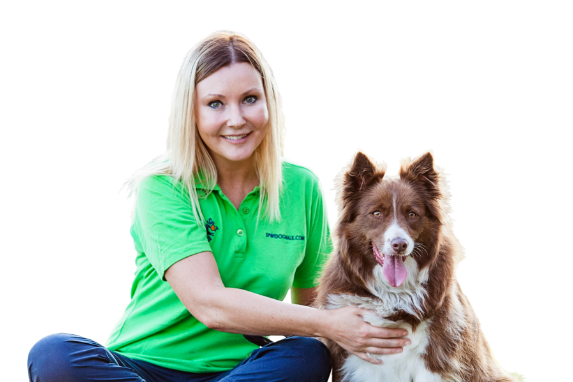Walk Out the Wild
Author: Anne-Maree George
What would one do with a bounty of energy, a keen mind and an entire day of monotonous familiarity? Chew, scratch, dig, ‘investigate’, scrimmage, whine, bark, jump, exhibit manic tendencies? If these behaviours sound familiar chances are you have a bored and sedentary dog at home.
In many ways dogs are similar to humans. They’re social, intelligent and industrious. But, unlike us, they are extremely energetic. So is it any wonder that our canine companions, who often find themselves isolated in their yards’, entertain a deviant regime?
There is, however, a way to alleviate boredom, whilst encouraging a healthy and socially appropriate lifestyle. Exercise! Exercise benefits dogs in three broad ways. It improves general health, stimulates the mind and by being out and about, provides avenues to learn and teach socially acceptable behaviour. Additionally, in participating with your dog in exercise, you are also reaping its’ holistic benefits.
Unfortunately though, exercise elicits a myriad of memories for all of us and for some of us, who enjoy more relaxed and cultured leisure pursuits, those recollections can tend to be more nightmarish than nostalgic. The good news is, that exercising our dogs doesn’t need to involve marathon, sprint or agility training. In fact, a 30minute brisk walk everyday with opportunities for sniffs, investigation and toilet breaks is an ideal program for any dog. And actually, long-distance running is inappropriate for dogs as they are more suited to short, fast bursts with regular stops, so games like fetch are ideal additions to your daily walk and don’t require family member participation (apart from throwing the apparatus of course). Dogs can also benefit from the free play and socialising of a dog park, play dates and doggie daycare, if those facilities are accessible.
There are, however, some precautions associated with exercise. Firstly, dogs can’t regulate their body temperatures as well as humans, which means they are more susceptible to heat exhaustion and heat stroke so it is important to only exercise them when the temperature is below 27 degrees C. Early morning or late afternoons are ideal. Additionally, dogs can get blisters so avoid walking on hot surfaces like bitumen. Dogs can also over-estimate their ability, running too hard for too long, jumping too high and pulling vigorously, all of these tendencies can cause damage to the dog’s body and make exercise counterproductive so observe their recovery, keep throws low and ensure you purchase a lead that fits around the shoulders or your pet is lead trained.
Whatever activity you choose to partake of, ensure that exercising your dog is an essential part of your everyday routine. Their joyful face and proud gait will be a wonderful addition to the general benefits they receive from exercise, as will the knowledge that your precious pooch will no long be the family’s and neighbourhood’s public enemy number 1.



